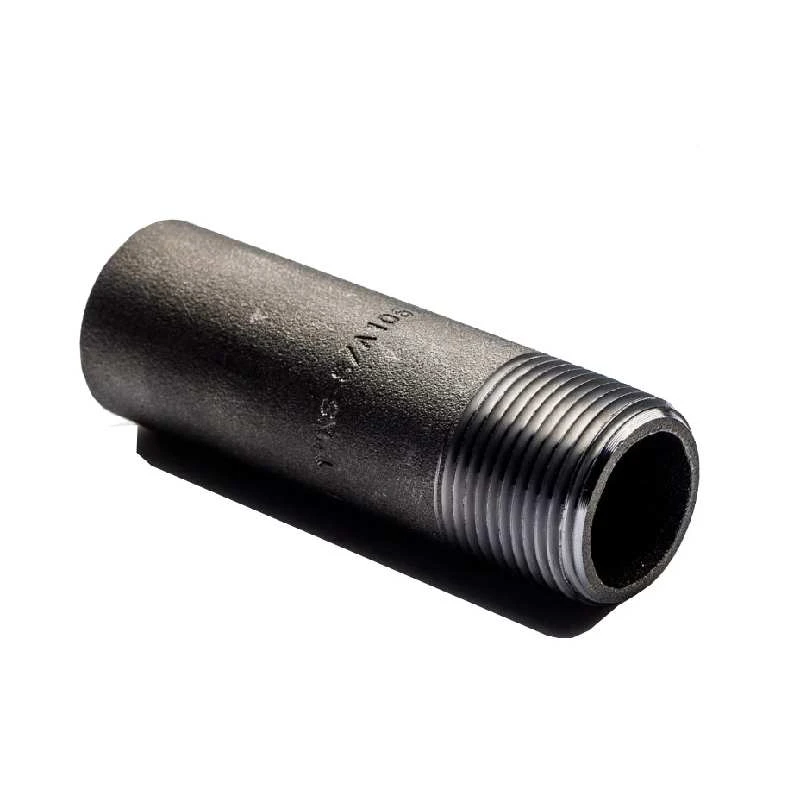-
Cangzhou Yulong Steel Co., Ltd.
-
Phone:
+86 13303177267 -
Email:
admin@ylsteelfittings.com
- English
- Arabic
- Italian
- Spanish
- Portuguese
- German
- kazakh
- Persian
- Greek
- French
- Russian
- Polish
- Thai
- Indonesian
- Vietnamese
- Zulu
- Korean
- Uzbek
- Hindi
- Serbian
- Malay
- Ukrainian
- Gujarati
- Haitian Creole
- hausa
- hawaiian
- Hebrew
- Miao
- Hungarian
- Icelandic
- igbo
- irish
- Japanese
- Javanese
- Kannada
- Khmer
- Rwandese
- Afrikaans
- Albanian
- Amharic
- Armenian
- Azerbaijani
- Basque
- Belarusian
- Bengali
- Bosnian
- Bulgarian
- Catalan
- Cebuano
- China
- China (Taiwan)
- Corsican
- Croatian
- Czech
- Danish
- Esperanto
- Estonian
- Finnish
- Frisian
- Galician
- Georgian
- Kurdish
- Kyrgyz
- Lao
- Latin
- Latvian
- Lithuanian
- Luxembourgish
- Macedonian
- Malgashi
- Malayalam
- Maltese
- Maori
- Marathi
- Mongolian
- Myanmar
- Nepali
- Norwegian
- Norwegian
- Occitan
- Pashto
- Dutch
- Punjabi
- Romanian
- Samoan
- Scottish Gaelic
- Sesotho
- Shona
- Sindhi
- Sinhala
- Slovak
- Slovenian
- Somali
- Sundanese
- Swahili
- Swedish
- Tagalog
- Tajik
- Tamil
- Tatar
- Telugu
- Turkish
- Turkmen
- Urdu
- Uighur
- Welsh
- Bantu
- Yiddish
- Yoruba

Sep . 18, 2024 03:01 Back to list
x65 pipe specification
Understanding X65 Pipe Specification
The X65 pipe specification is an important standard in the field of pipeline engineering, particularly when it comes to transporting materials such as oil and gas. This specification falls under the American Petroleum Institute (API) standards and is primarily classified under API 5L, which lists the requirements for the manufacture of line pipes. Understanding the characteristics and requirements of X65 pipes is essential for engineers, manufacturers, and industry professionals engaged in pipeline construction and maintenance.
Overview of X65 Specification
The X in X65 refers to the minimum yield strength of the pipe, which is 65,000 psi (pounds per square inch). This high strength makes X65 pipes suitable for high-pressure applications, allowing them to maintain integrity even under challenging conditions such as deep-water offshore environments or extreme temperatures. The specification encompasses various dimensions, wall thicknesses, and grades to cater to specific project requirements, making it versatile for multiple applications.
Material Composition
X65 pipes are made from carbon steel, which is favored for its strength, durability, and ability to withstand external factors like corrosion. The chemical composition of X65 generally includes elements such as carbon, manganese, phosphorus, and sulfur, all of which contribute to the material's mechanical properties. Precise control over the composition ensures that the pipes meet the required performance standards, making them reliable for transporting natural gas, oil, and water.
x65 pipe specification

Manufacturing Process
The manufacturing process of X65 pipes involves several key steps, including the melting of raw materials, forming, welding, and inspection. Advanced techniques such as electric arc furnaces and seamless pipe making are commonly employed to produce these pipes. After forming, pipes undergo various tests, including hydrostatic and non-destructive testing, to ensure they meet the rigorous standards set forth in the API specifications.
Applications
The X65 pipe specification is widely used in various applications. It is the choice for transmission and distribution pipelines in the oil and gas sector, as well as in water transportation systems. The strength and reliability of X65 pipes make them ideal for both onshore and offshore installations. Furthermore, these pipes are often utilized in the construction of gas mains, where structural integrity is crucial to prevent leaks and ensure safety.
Conclusion
In conclusion, the X65 pipe specification plays a vital role in the pipeline industry, providing a standard that ensures the quality and performance of materials used in demanding environments. By adhering to the specifications outlined by API, manufacturers and engineers can ensure that their pipelines are capable of withstanding the pressures and challenges they encounter in real-world applications. Understanding the intricacies of the X65 specification not only enhances the efficiency of pipeline projects but also contributes to the safety and sustainability of energy transport systems. As industry demands evolve, staying informed about such specifications will be crucial for future developments in pipeline technology.
Latest news
-
ANSI 150P SS304 SO FLANGE
NewsFeb.14,2025
-
ASTM A333GR6 STEEL PIPE
NewsJan.20,2025
-
ANSI B16.5 WELDING NECK FLANGE
NewsJan.15,2026
-
ANSI B16.5 SLIP-ON FLANGE
NewsApr.19,2024
-
SABS 1123 FLANGE
NewsJan.15,2025
-
DIN86044 PLATE FLANGE
NewsApr.19,2024
-
DIN2527 BLIND FLANGE
NewsApr.12,2024
-
JIS B2311 Butt-Welding Fittings LR/SR 45°/90° /180°Seamless/Weld
NewsApr.23,2024











